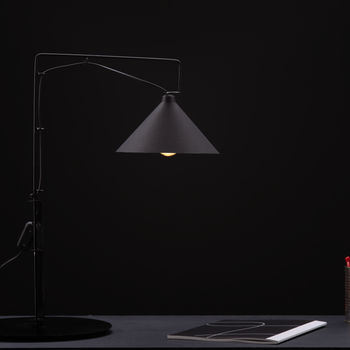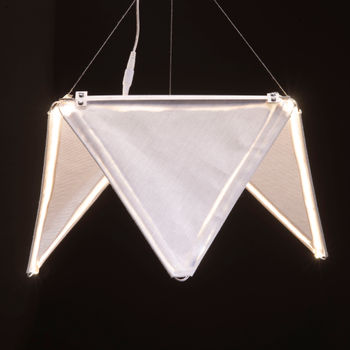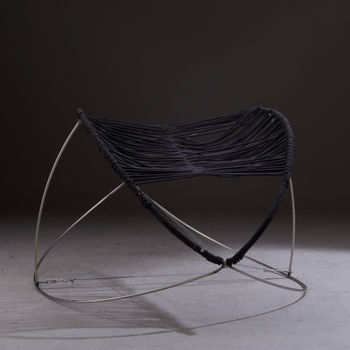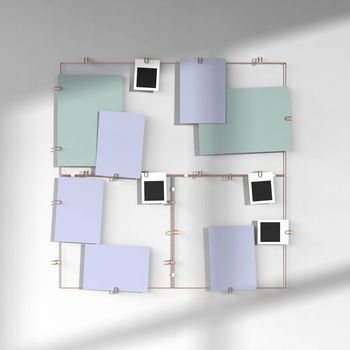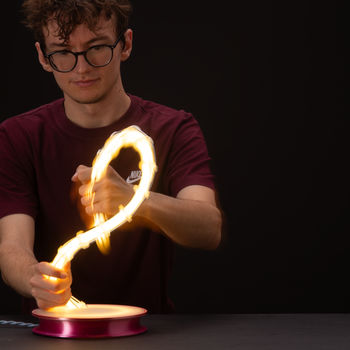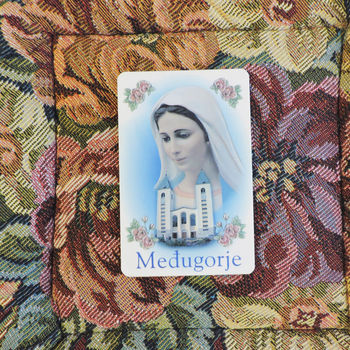Babúm
Riccardo Fresch
We are surrounded by untold stories.
The things we are familiar with, the words we know are holders of silent migrations and are potential possessors of sporadic and casual counterparts. In other words, the world is woven in invisible paths that connect the most unexpected objects, a net of forgotten relations and exchanges that can be called transfers, a concept that introduces a great variety of meanings that can be referred to contexts all very far from each other: it can be linked to distant geographical connections, testify diverse cultural influences or symbolize a legacy.
Babúm takes inspiration from the centuries-long-chain of events that lies behind the cajón, a musical instrument that collects its origins ranging from African percussions and Latin American contributions to flamenco variations, wanting to present it under a new light and direct it towards the kids audience.
The Migration of Forms
